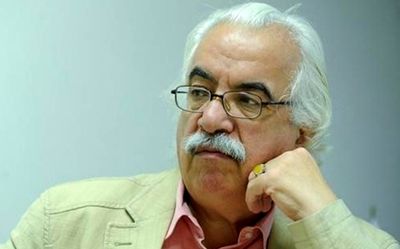He was suffering from liver cancer and was admitted to Tehran’s Bahonar Hospital last week due to liver failure, he added.
He had studied photography and cinematography at Regent College, London and moved to the United States to improve his education at the University of California, Los Angeles (UCLA).
As a pioneer of aerial photography in Iran, Mojtahedi used his skills in making the series “Iran”, which was commissioned by the Islamic Republic of Iran Broadcasting (IRIB) in 2001.
He had previously directed the documentary “Mummy” and collaborated with Syrian-American director Moustapha Akkad on the projects “The Message” and “Lion of the Desert”.
The first season of “Iran”, which is composed of 14 episodes, covers Persepolis and some cultural heritage sites in Tehran, Kashan and Isfahan. It was broadcast on IRIB’s Channel 1 in 2005.
In 2007, Mojtahedi used an HD camera to resume the project in the southern Iranian city of Shiraz.
The second season of the documentary began with some full HD cameras in 2010 in the northeastern city of Mashhad, home to the shrine of Imam Reza (AS), the eighth Imam of the Shia.
This season delves into the history of the holy shrine in five episodes. One episode was dedicated to the tomb of Ferdowsi, the poet of the Persian epic Shahnameh, and Harunieh, an Ilkhanid monument that is believed by some historians to be the tomb of the Persian philosopher Abu Hamid Al-Ghazali.
Mojtahedi was scheduled to collaborate in the new season of the series as a producer, said Amir-Hossein who has been contracted to direct the project, which will focus on East Azarbaijan Province and West Azarbaijan Province.

